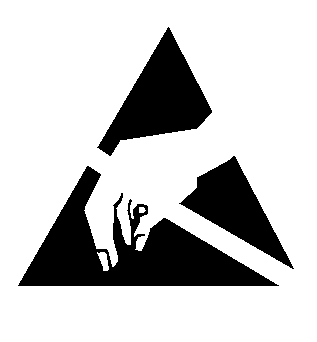Icon | Icon Definition | ||||||||||||||||||||||||
|---|---|---|---|---|---|---|---|---|---|---|---|---|---|---|---|---|---|---|---|---|---|---|---|---|---|

| Refer to Notice: Electrostatic discharge (ESD) can damage many solid-state electrical components.
ESD susceptible components may or may not be labeled with the ESD symbol. Handle
all electrical components carefully. Use the following precautions in order to avoid
ESD damage:
| ||||||||||||||||||||||||

|
Important: Twisted-pair wires provide an effective "shield" that helps protect
sensitive electronic components from electrical interference. Depending on
application, twisted-pair wires may be used on wiring harnesses connecting
the following components:
Refer to Splicing Twisted or Shielded Cable in Wiring Systems. |
